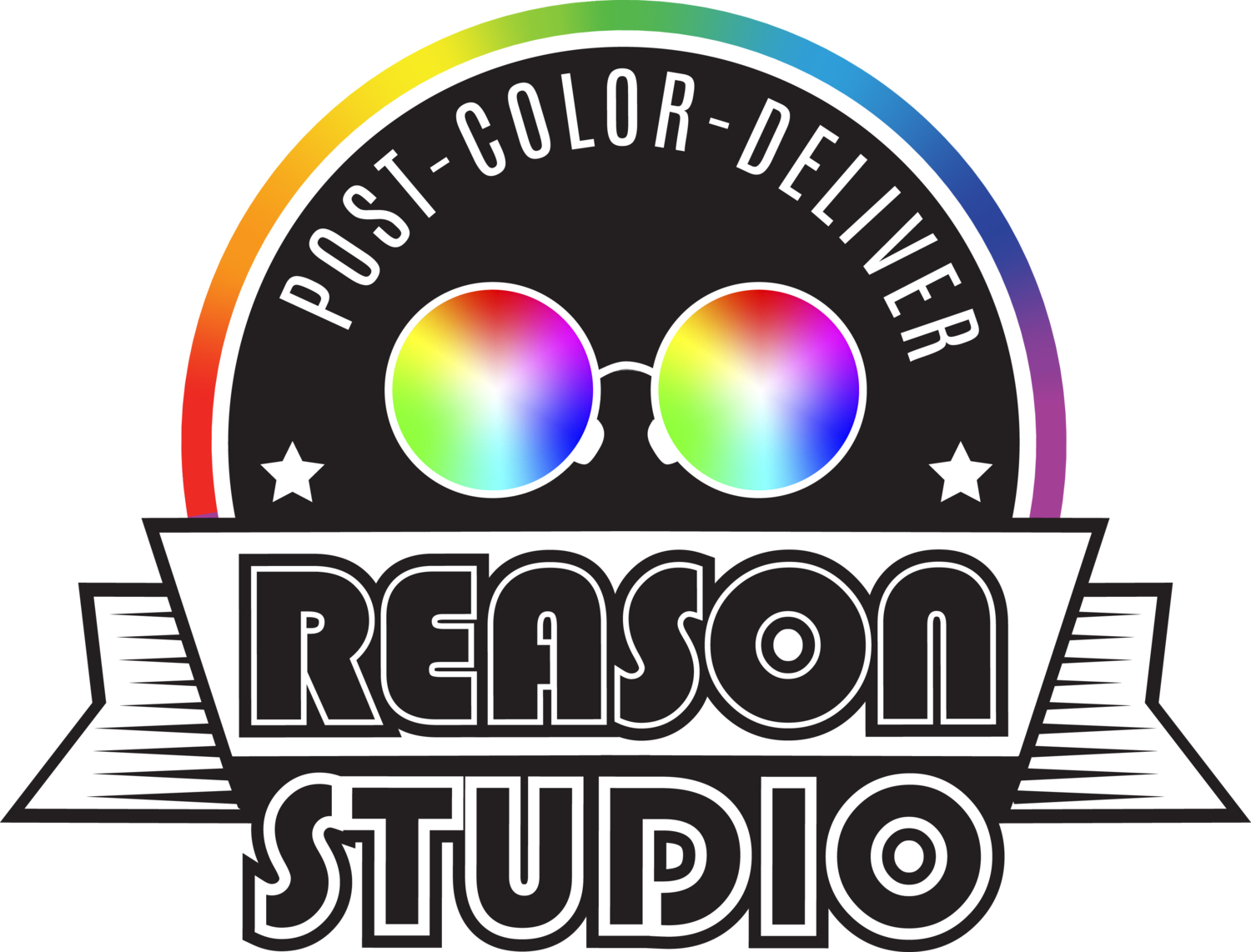Should I do color grading for my film?
There is a common question in the minds of some directors or producers whether it is necessary to budget color grading. Color grading actually plays an essential role in filmmaking as the image the director sees on the monitor is so different from the image in the final film. This entry-level educational article answers some basic color grading questions you may have. Hopefully you will find this article helpful and gain a better understanding of what color grading is.
What is color grading?
Color grading is an important step in the content creation process. It can manipulate the image to help you achieve your expectations from the raw footage. With the help of color grading, you can manage the mood of the picture to bring different feelings, sensations, and emotions to your audience. Color grading can also provide more flexibility in the shooting process as it can bestow more values on your films.
For different kinds of video, color grading can play different roles to make the image more compelling. For example, for narratives, the main function is setting the tone for the story. Colorists use color schemes to give the film an overall tone to provide balance and lead the audience's visual focus.
By adjusting the color of the picture, you can build an emotional connection with your audience to evoke their resonance and channel their emotions. Just like adding filters to a photo, colorists can stylize an image with their tools to make a vintage film look or a modern digital look.
For example, in some commercials, the purpose of color grading is to maximize the restoration of the original color of the product. With the help of colorists, product concepts and corporate culture can be more effectively promoted in a commercial.
For more complicated projects with VFX, colorists also coordinate with special effect artists by providing color scripts for them to ensure consistency throughout the whole film.
What are the steps for a complete color grading process?
A complete color grading work involves 5 main steps:
Showlut design
For the pre-step, colorists will work with the cinematographer to build a show LUT (look up table) as the start point for color grade. During a camera test, colorists will discuss with the director and cinematographer to figure out the visual effect they want for the film. Then colorists can do some primary color grading for the test clip, which can be loaded onto camera for later visual reference on set.
Daily color
During this step, colorists can do some pre-color to provide basic balance and unified tone for the film based on the show LUT to support editors better understanding the mood during production.
Conform
In a nutshell, conforming is to restore the whole timeline from editing software to color grading software. They also adjust the color space for footage shot by different cameras to preserve maximum details. More and more larger projects are now using ACES (the Academy Color Encoding System) workflow to provide complete color managed control. If you want to learn more, we'll provide more details in a later blog post.
Color Grading
Then comes the real color grading step, where the colorists will put efforts on the details of all the shots to balance them and make the visual flow smoothly. After all the details are matched, colorists will use tools to adjust the color of the picture and manipulate the mood of the picture to tie the audience’s emotions.
Finishing
In the final stage, the finishing artists will do the final packaging for films, taking elements like opening/end credits from a graphic designer, and sound mix from a sound designer, and put them all together to make the film a finished product just like the ones you see in the movie theater. They will provide services on mastering and deliverables (e.g. DCP) based on the needs of the clients.
Color grading is a complicated and creative process. To learn more about the basic idea of color grading, click the link here to watch this educational video we made on color grading.

